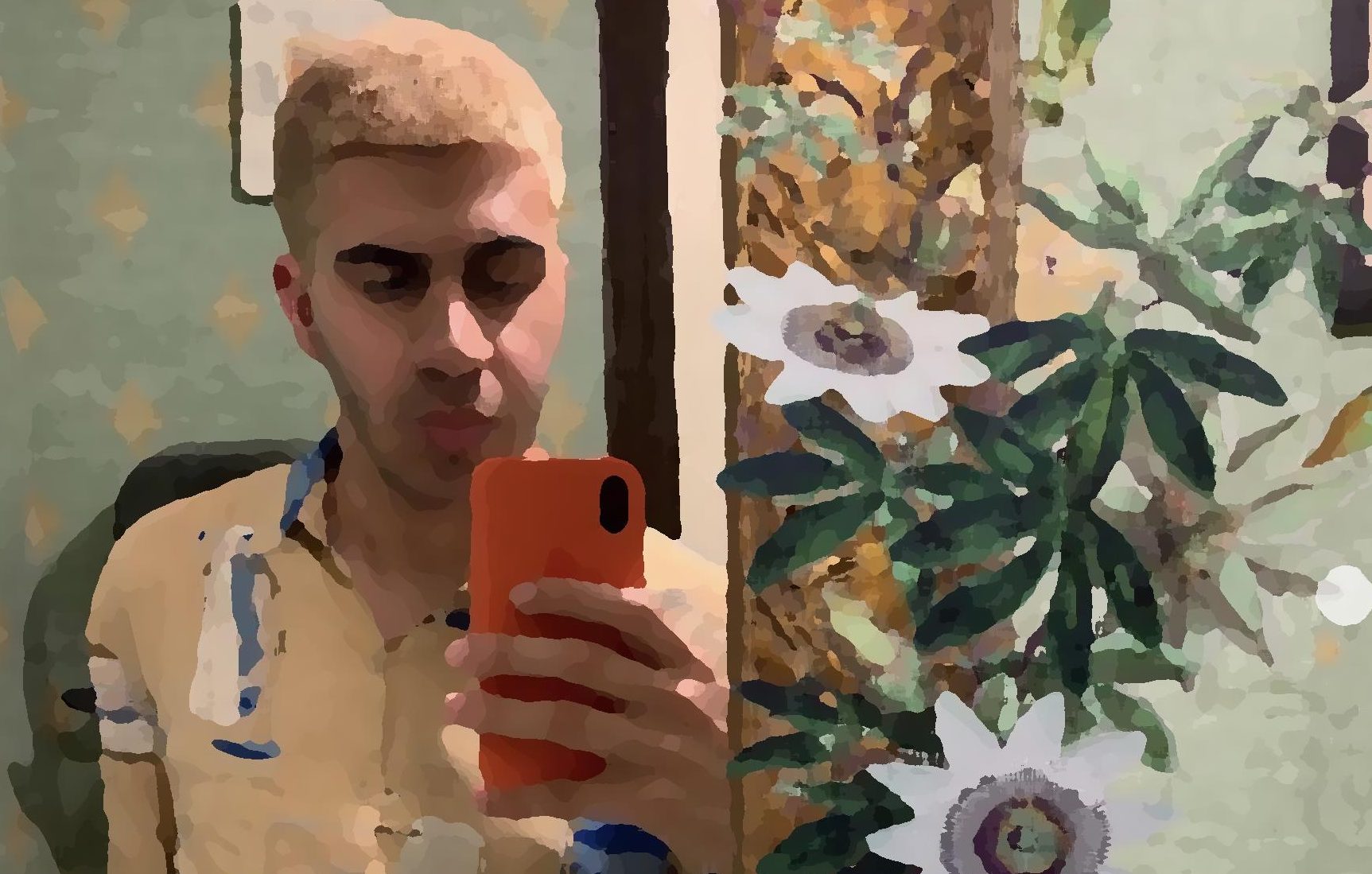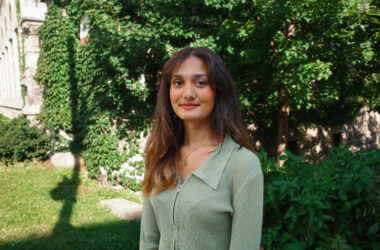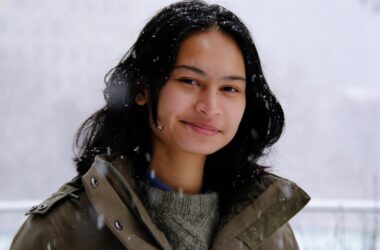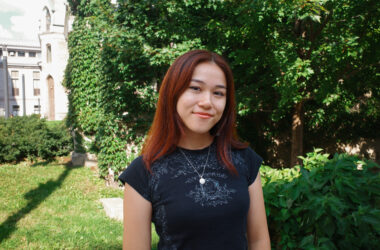Some may call this narcissistic or self-absorbed, but I’m constantly taking selfies: In class, at work, at home, in the kitchen, and before I go to sleep. For me, this process is not self-destructive, but therapeutic: It is a physical and digital manifestation of my confidence, self-esteem, and respect for myself and the body I was born into. As an artist of colour learning to find my voice, selfies are a medium in which I claim space, learn to appreciate myself, and, ultimately, create art.
In a world where representations of people of colour are often lacking or distorted, selfies become a form of self-expression and self-fashioning that people of colour can fully control. While many Arab men are stereotyped as aggressive, barbaric, toxically straight and masculine, and lacking aesthetic sensibility, my selfies show otherwise: As an Arab man, I can be vulnerable, soft, queer, artistic, and creative. My selfies show me as human. Problematic depictions of people of colour in news or movies, often presented by white people, permeate the media landscape. Selfies are one’s only chance to represent themselves as they want to be represented, no matter how raw or filtered that may be. Selfies by marginalized bodies address misrepresentation and question who is allowed to be visible.
As coined by Joel Waldfogel, the rise of selfies comes at a time of a digital renaissance in which a current digital revolution is upending traditional creative industries and accessible self-publishing is challenging the gatekeepers of culture. While large art and culture institutions control mainstream images of marginalized people, digital spaces such as Instagram, Tumblr, and Twitter give everyday consumers the tools to dismantle those mainstream images. Selfies combat society’s categorization of nonwhite features as unattractive by reclaiming racist beauty standards: In societies and institutions that celebrate a singular definition of eurocentric beauty, selfie art by people of colour becomes a powerful act of resistance and political protest against these ruling cultural institutions.
These selfies of resistance on social media also address the importance of self-representation and online collective spaces, especially for those who are not able to march down the street in protest or those who are too young to explore social justice and collective healing in their non-digital lives.
Posting on social media does have its limits—Instagram has been found to unfairly censor posts by plus-size women, claiming that the content is “sexually suggestive”. Twitter is 1.5 times more likely to flag tweets written by African American people as “offensive” compared to other tweets. While tools like Instagram and Twitter are free and widely accessible, it is important to acknowledge that these companies still control limits to one’s self-expression.
Finstas (fake Instagrams) exist as a place of refuge and digital diary for users to express themselves, their art, and their feelings safely; users can choose to invite people into their virtual space and build genuine connection. For those who don’t feel comfortable expressing their ‘true’ selves to all their followers, finstas provide a therapeutic space to create trusted support networks and feel part of a wider community. For creatives of colour, Instagram finstas become a haven of support where users can post raw content about their experiences to trusted friends and also experiment with their artistic styles without any potential backlash.
My phone is my tool for creating, exploring my artistic style and sharing it with the world, and my 37 finsta followers. With the ability to publish content without the approval of large cultural conglomerates, I’m able to feel validated as an artist (and human). As superficial as it may sound, I learned to love sharing pictures of myself, bushy unibrow, dark eyes, large nose, and all.










Actually taking selfies seems not enough, you also need to write about you taking selfies, it’s like taking a selfie of you taking a selfie. It might have been interesting, if you had started before the whole world got tired of it..